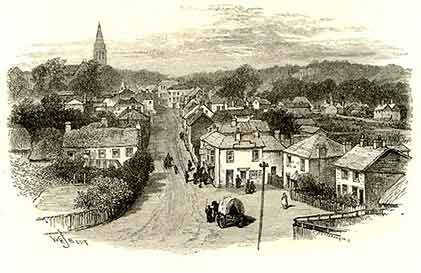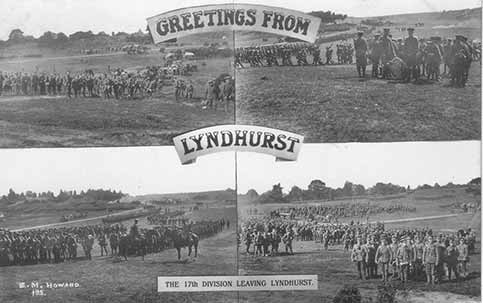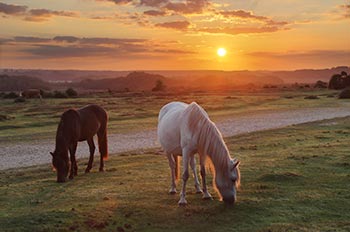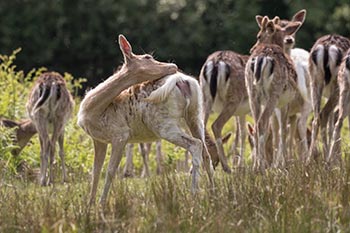Lyndhurst history - an introduction

The history of Lyndhurst, Bank and Emery Down is long and fascinating.
Some aspects reflect the New Forest's original role as a Norman hunting ground, whilst other aspects of Lyndhurst's history are connected to the village's historical position as Capital of the New Forest.
Much of the evidence of Lyndhurst's history can still be seen today, and provides many opportunities for exploration, whilst Bank, Emery Down (and Swan Green) offer just as much of interest.
Explore, for example, Lyndhurst's Alice In Wonderland connection, and learn about the 'old' Parish Church and Parkhill. Find out about Queen's House and the ancient Verderers' Hall. Walk along the New Forest Salt Way and Beechen Lane, visit the site of Lyndhurst Race Ground, and discover why George III and William Cobbett had an interest in Cuffnells, a mansion once located on the outskirts of Lyndhurst.
Consider, too, the military history of Lyndhurst's White Moor, and whilst wandering over this now peaceful heathland, pause for a moment to contemplate the likely thoughts of men long ago, training here whilst awaiting postings to the horrors of First World War trenches.

Find out more about Lyndhurst, Bank and Emery Down's fascinating history
Find out more about Lyndhurst, Bank and Emery Down's history as revealed on these old maps
and in these old pictures
Quick linksMore links
Other related links
Search this site

Sadly, 58 animals were killed - 35 ponies, 13 cows, 8 donkeys and 2 sheep, whilst a further 32 were injured - 3 pigs, 9 donkeys, 11 cows and 9 ponies.
(Forty-three accidents occurred in daylight, 15 at twilight and 101 in the dark. Twenty-seven accidents were not reported by the driver involved).
Here's just one horrific example - Three donkeys killed in collision with van at notorious New Forest blackspot (Advertiser and Times)
Sika deer continue to engage in rutting behaviour, and will do so until December.
Pigs seek out the remains of the acorn crop.
Beech leaves are transformed into a magnificent mosaic of glorious reds and golds. Other deciduous trees, too, take on an autumnal cloak before their leaves fall.
Dragonflies can occasionally be seen on the wing on bright days early in the month.
December
Foxglove leaves survive the winter at ground level, and offer the prospect of colourful summer blooms to come.
Redwings and fieldfares, autumn and winter visitors, gorge on haws and holly berries.
Great grey shrikes and hen harriers hunt over the heaths and other open spaces.
Honeysuckle by the end of the month often shows welcome signs of new growth.



